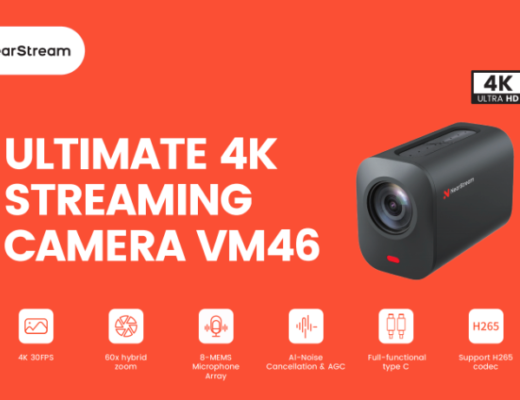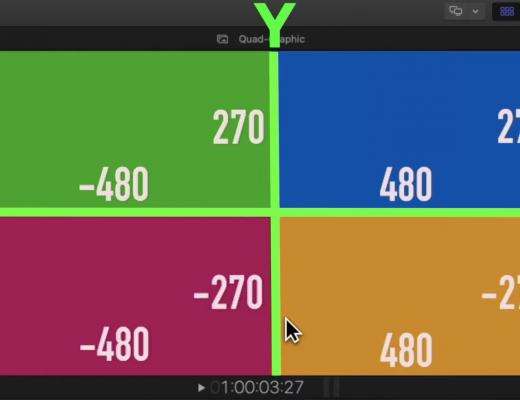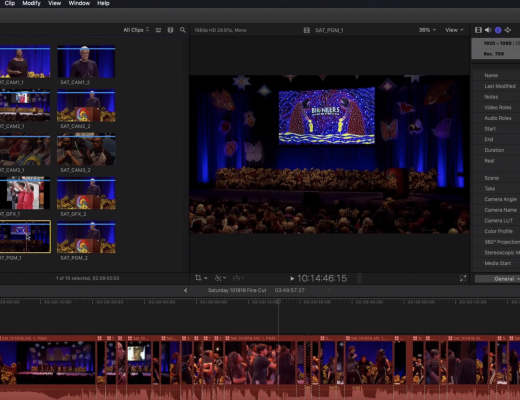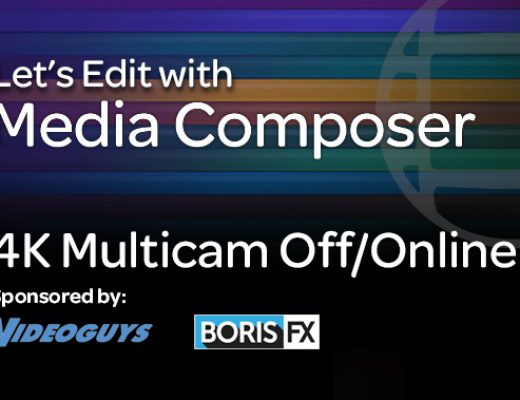With its US$595 ATEM Mini Pro video mixer/recorder/streaming encoder, Blackmagic had already begun facilitating ISO-cam workflow to a certain degree, by remotely commanding all connected compatible Blackmagic cameras simultaneously to initiate a local ISO recording with matching timecode. That local ISO recording can be 4K or 6K in Blackmagic RAW. The ATEM Mini Pro even triggers those connected cameras to display their tally lights in two different colors, one for recording and another for “on-air”. That feature in the ATEM Mini Pro allows you to switch live, stream live, polish later and publish the polished version for later on-demand availability with higher quality than the live broadcast. Now, with the new US$895 ATEM Mini Pro ISO, Blackmagic has simplified the workflow in a few new intriguing ways. Let’s explore them ahead.
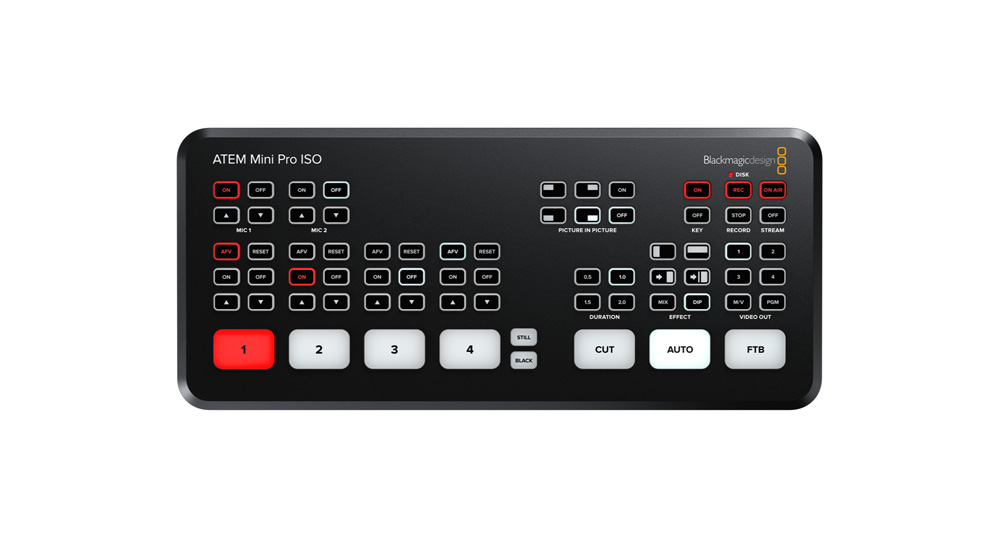
Which Blackmagic cameras work with this automated ISO workflow?
Blackmagic Pocket Cinema Camera 4K or 6K are the models that fit into this compelling workflow.
Matching timecode of ISO recordings and much more
Even with the first ATEM Mini Pro video mixer/recorder/streaming encoder, you were able to trigger each compatible Blackmagic camera to record a recording ISO (isolated) recording. Although all current ATEM Mini devices are limited to 1080p, those ISO recordings can indeed be up to 4K (or 6K) and at Blackmagic RAW for maximum latitude during post grading (etalonaje in Castilian, grading can be much more than just “color correction”). The live stream output from the ATEM Mini Pro and its recording is up to 1080p. So with that iteration, you still had to create a project in your video editor, gather each ISO recording and import them and import them into different layers of a multicam timeline.
The new ATEM Mini Pro ISO adds recording of each source in the attached storage (at 1080p) and also creates a project file for Blackmagic’s ever-so-powerful video editor-grading-audio sweetening app called DaVinci Resolve (Studio). So after you import all of the collection of ISO files (with matching timecode & metadata) and the project file into DaVinci Resolve (Studio) and open the pre-created file, the ISO recordings are already loaded, ready for you to do your multi-camera edit to polish any potential mistakes made when switching live or to post-grade any of the camera footage.
But you are not limited to the 1080p ISO recordings made with the ATEM Mini Pro ISO. You may also substitute the 4K UHD or 6K files recorded in Blackmagic RAW in each camera to have greater latitude when grading or (in the case of a 1080p project) to reframe or even pan within a zoomed-in 4k UHD or 6K original file, without losing quality. If the cameras are 6K, then the aforementioned even applies if you change the pre-created project from 1080p to 4K UHD.
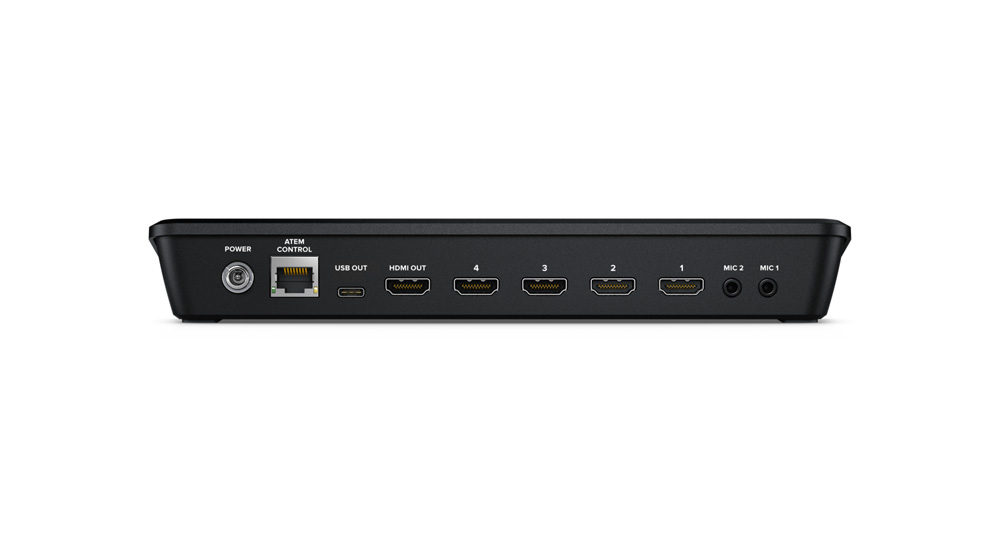
A key command in DaVinci Resolve facilitates relinking the camera original footage
The key command that facilitate relinking is called Source Overwrite. Scott Simmons covered this Source Overwrite command over a year ago in April 2019 in Burning questions about the DaVinci Resolve Editor Keyboard. Within that article, Scott stated:
The Source Overwrite will match a clip you edit into your timeline using source timecode to lay that in sync over a “base layer” clip already in the edit. That’s cool and could be a neat feature but it would seem it’s imperative you have matching, multicam-style timecode. That’s the holy grail of good multicam anyway and something that is often left behind these days. If you do have proper matching timecode you’d really want to use the multicam tools for your edit so you’d often already have these matching clips matched up on a multicam clip. If you do have matching timecode multicamera clips only take moments to set up and you always have the alternate angle there in the Edit page.
Now, the combination of the new ATEM Mini Pro ISO and the Blackmagic Pocket Cinema Camera 4K or 6K make it much easier to take advantage of the Source Overwrite. Of course, there are other cameras that allow for recording timecode from an external source, but this combination of the ATEM Mini Pro ISO and the compatible cameras makes it much simpler.
What if your cameras are not among the two compatible ones?
If your cameras are not the two mentioned compatible ones —and even if they don’t accept external timecode, you can still record ISO from all sources and use those 1080p to polish your multicam projects. Those ISO files recorded by the ATEM Mini Pro ISO will have matching timecode even if your cameras lack that capability.
What if your cameras are “shy” on the 1080p live HDMI output?
Yes, shy cameras are still a thing in 2020!
Earlier this week, a friend was recording a commercial spot with a Sony FS7 (a professional camera in the US$9000 range without lens). When shooting 1080p29.97, it’s shy: Over its SDI output, it delivers 1080PsF≈29.97 (which appears to be 1080≈i59.94 interlaced to most equipment). The same thing happens with the HDMI output, but since on HDMI there is no flag for PSF, it appears to be 1080≈59.94i to all equipment. The Canon C200 and C300 are equally shy in this popular framerate in ex-NTSC regions. This type of shyness I call type 1 camera shyness. If connected to any ATEM Mini, including the first ATEM Mini, the ATEM Mini Pro or the ATEM Mini Pro ISO, a camera with type 1 shyness set for 1080p25 or 1080p≈29.97 will sadly be detected as 1080i (interlaced) even though it’s really a disguised progressive signal. This issue exists not only with Blackmagic switchers, but with most others on the market too. As a result, the ATEM Mini, ATEM Mini PRO or ATEM Mini Pro ISO (and most other switchers) will cruelly de-interlace the signal, which is kind of like running your pristine progressive video into a coffee grinder unjustifiably.
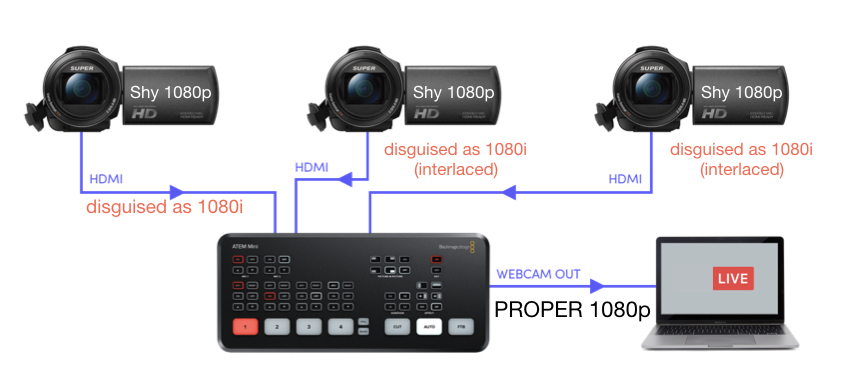
Type 1 and 2 camera shyness are the most complex to correct externally. See my December 2019 article Blackmagic ATEM Mini video mixer with SHY 1080p cameras (illustrated above) to get a refresher about how to solve it. Although I wrote this article before the Pro and Pro ISO versions of the ATEM Mini were released by Blackmagic, it applies equally to these newer models as well.
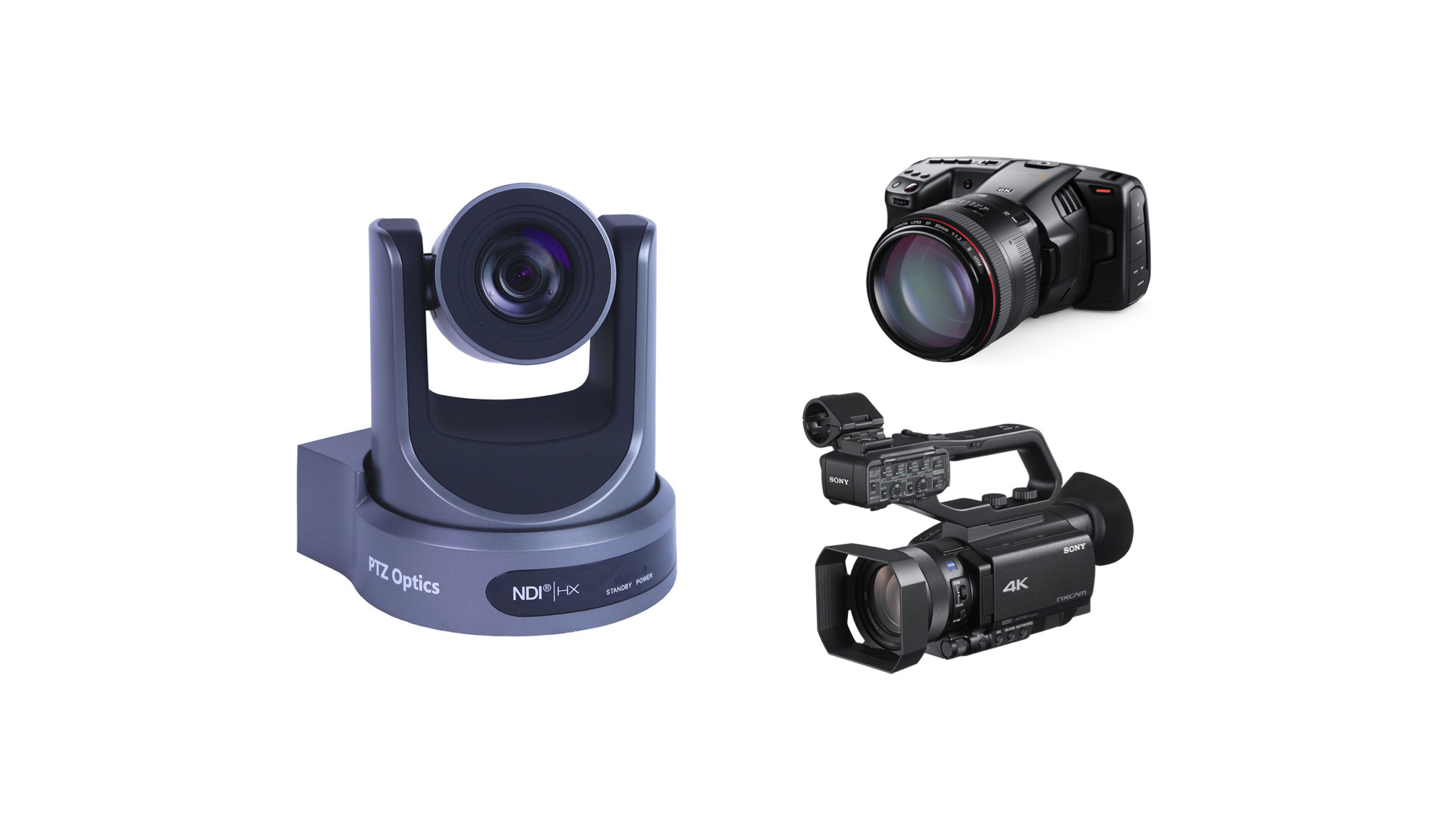
See also see my more recent article: Blackmagic + NewTek: conspiracy theory with shy cameras, illustrated above.
Conclusions
I salute Blackmagic for continuing to innovate with its cameras, switchers/recorders/streaming encoders and video editing/grading/audio sweetening software. The Blackmagic ecosystem continues to be both open and yet have even more synergy when used together in a proprietary way. I also appreciate that DaVinci Resolve is multi-platform for Windows, macOS and Linux. I hope sometime soon, Blackmagic will begin to address type 1 and type 2 camera shyness internally via a menu selection, even though I realize that by ingoring it, Blackmagic makes its own outgoing cameras more attractive than the shy cameras of its competitors. Fortunately, curing type 3 shyness is easily solvable without any special changes from Blackmagic: Only knowledge from the operator is required to cure type 3 shyness with any of the ATEM Mini models.
(Re-)Subscribe for upcoming articles, reviews, radio shows, books and seminars/webinars
Stand by for upcoming articles, reviews, books and courses. Sign up to my free mailing list by clicking here. If you previously subscribed to my bulletins and no longer receive them, you must re-subscribe due to new compliance to GDPR. Most of my current books are at books.AllanTepper.com, and my personal website is AllanTepper.com. Also visit radio.AllanTepper.com.
Si deseas suscribirte (o volver a suscribirte) a mi lista en castellano, visita aquí. Si prefieres, puedes suscribirte a ambas listas (castellano e inglés).
Suscribe to my BeyondPodcasting show in English or CapicúaFM en castellano.
FTC disclosure
No manufacturer is specifically paying Allan Tépper or TecnoTur LLC to write this article or the mentioned books. Some of the other manufacturers listed above have contracted Tépper and/or TecnoTur LLC to carry out consulting and/or translations/localizations/transcreations. Many of the manufacturers listed above have sent Allan Tépper review units, including RØDE. So far, none of the manufacturers listed above is/are sponsors of the TecnoTur , BeyondPodcasting CapicúaFM or TuSaludSecreta programs, although they are welcome to do so, and some are, may be (or may have been) sponsors of ProVideo Coalition magazine. Some links to third parties listed in this article and/or on this web page may indirectly benefit TecnoTur LLC via affiliate programs. Allan Tépper’s opinions are his own. Allan Tépper is not liable for misuse or misunderstanding of information he shares.
Copyright and use of this article
The articles contained in the TecnoTur channel in ProVideo Coalitionmagazine are copyright Allan Tépper/TecnoTur LLC, except where otherwise attributed. Unauthorized use is prohibited without prior approval, except for short quotes which link back to this page, which are encouraged!

Filmtools
Filmmakers go-to destination for pre-production, production & post production equipment!
Shop Now








